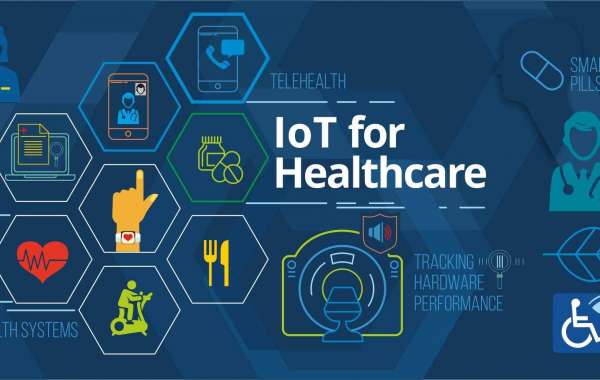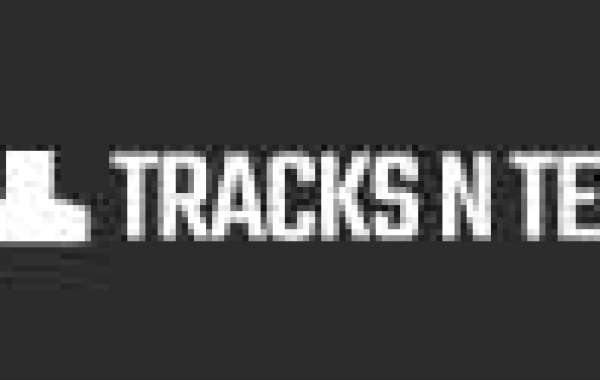Healthcare is properly regarded as one of the most promising areas for the application of IoT technology. Many typical procedures can be automated with the help of IoT-based solutions in this business. As a result, the efficiency of the workflow in hospitals and clinics improves. Let's take a look at how the Medical Internet of Things works and why it's beneficial to use.
Why is the Internet of Things (IoT) being used in healthcare?
The IoT concept's core premise is to gather, transfer, and/or process data without the involvement of humans. There are numerous applications for this technology in healthcare. As a result, the automated gathering of physical health data and its immediate transmission to professionals aids in diagnosis, disease prevention, and remote monitoring. EHR systems assist in the organization of medical records and enable immediate personalized access to medical data.
The Medical Internet of Things
The Internet of Medical Things (IoMT) is a smart system made up of interconnected devices, as the name suggests. Smart bracelets/watches, trackers, monitoring devices, and other smart gadgets are commonly found in these networks. These gadgets' functions can be classified into two categories: data collection and monitoring. IoMT is currently one of the fastest-growing segments of the healthcare industry.
What Are the Health-Care Benefits of IoT Solutions?
IoT technologies can benefit both experts in the healthcare industry and patients. The Medical Internet of Things provides the following five major advantages:
- Monitoring is ongoing. Some apps are capable of receiving signals from smart wearable devices and processing the data. It assists in the early detection of life-threatening diseases such as asthma or heart attacks, as well as the notification of doctors or emergency services.
- Improving the patient-doctor relationship. Apps like AutoBed, for example, assist new patients identify available beds quickly, reducing their waiting time. As a result, patients have a better experience.
- Controlling the use of drugs. IoT technology makes it possible to accurately control the amount of medication taken. This, in turn, aids doctors in determining the treatment's efficacy. Another useful approach is to send notifications to patients or their family informing them of the need to take a drug.
- Routine workflow automation. Medical records, measurements, schematics, and other medical data are processed and organized quickly and precisely by in-hospital IoT systems. This frees up time for doctors and reduces the risk of human error.
- Prevention. IoT technologies can be used by people with chronic conditions or those in high-risk categories to track their health over time. Smart software can detect the early signs of diseases, allowing for a more accurate diagnosis to be made far sooner.
The IoT's Biggest Obstacles
When it comes to deploying IoT solutions in the healthcare industry, it's important to be aware of the most common hazards. Ordering an IoT app from a custom healthcare software development company is the easiest way to avoid any issues.
- There are concerns about security. The healthcare industry as a whole must cope with the storing and processing of sensitive data that must be kept secure. Data-protection solutions that are both reliable and affordable are rare. Furthermore, there are particular regulations to follow, such as the CCPA and GDPR.
- Integration of protocols This is true for any system with a large number of devices connected via diverse protocols. It is vital to combine the protocols in order to ensure that the entire network runs smoothly. In healthcare, HIPAA and HITECH protocols are frequently employed.
- There's a lot of info. In healthcare, IoT apps must analyze a large amount of data. It can sometimes lead to data overload, which has a negative impact on accuracy.
IoT in Healthcare: Real-World Examples
IoT in healthcare is one of the fastest-growing industry sectors, attracting investors from all over the world. It's no wonder that some of the world's most powerful companies, such as Google and Apple, are investing in MIoT development. Take a look at three real-life instances.
- HIMS stands for Hospital Information Management Systems. They assist in the organization and proper management of all information on a hospital level. This includes information about staff and patients, medical records, reports, appointments, medications, and equipment, among other things. eVisit, eHospital, Insta HMS, and other HIMS apps are popular.
- EHR stands for Electronic Healthcare Records Systems. They're designed to maintain all of your medical records in one place, in a digital format that's easy to access. Authorized users have rapid access to all medical information, which is reliably safeguarded from illegal access.
- Individual users can use mobile healthcare apps. They're classified into two categories: emergency apps and apps that can be used on a regular basis. The second category is the most extensive: it comprises a wide range of fitness, wellness, and healthcare apps that collect physical data and generate personalized suggestions for users.
We've only covered a few of the most prevalent use cases; every year, new cutting-edge IoT solutions emerge.









